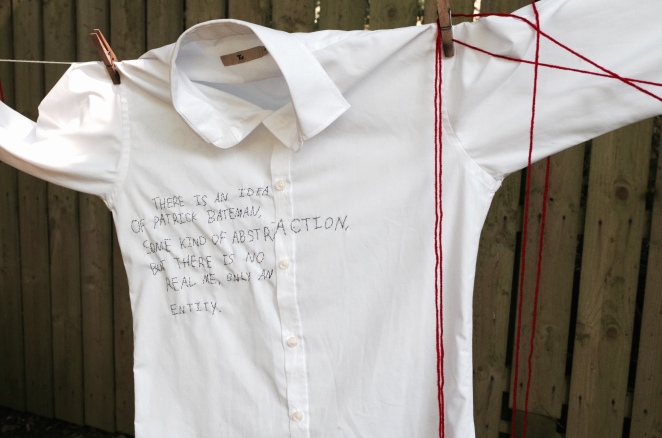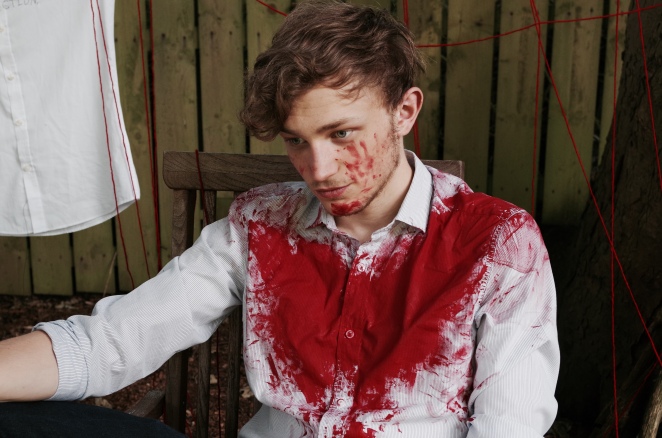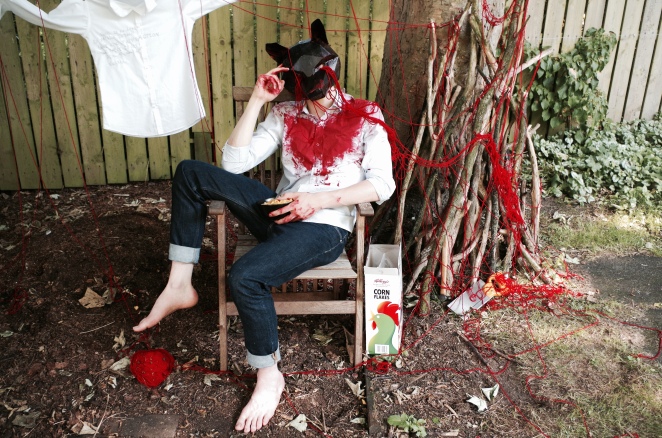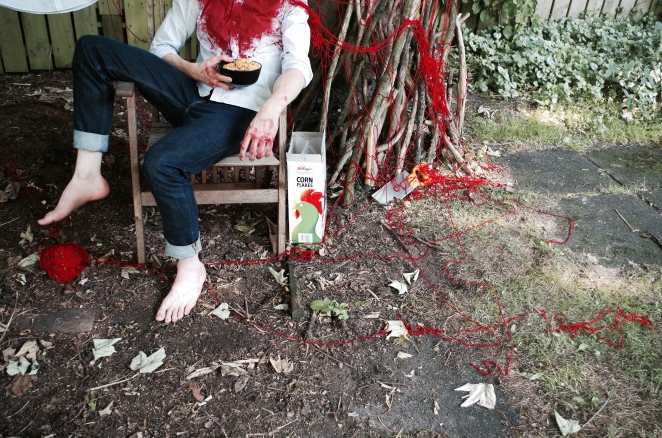Oranges And The Moon
During my week in fine art I made a scientific breakthrough about oranges and the moon.
The Moon Illusion: The moon illusion is an optical illusion which causes the moon to appear larger near the horizon than it does higher up in the sky. It has been observed since ancient times and recorded by various cultures.
Oranges And The Moon: It has recently been scientifically proven that the combination of chemicals in the average orange affects the human eye in an extraordinary way. It allows us to view the moon larger than its actual size when nearer the horizon.
The phytochemicals Hesperetin, naringin and naringenin are flavanoids found in the orange and are responsible for sending chemical messages to the brain when our eyes are exposed to the moon. The lens on our eye then focuses the moon’s light in such a way that the image of the moon appears larger to our retina.
Scientists have theorised that the consumption of smaller varieties of orange, such as the mandarin, can reverse this process and therefore the moon appears its normal size.
Charles Avery
Charles Avery’s work was a starting point for this project as the brief made me think about and unexplained world. Since 2004, Avery has dedicated his practice to an imaginary island he depicts through sculpture, paintings and text. As time was limited I couldn’t establish a whole new world and so I decided to pick a particular area to focus on. Initially it was going to be a collection of objects I had created, a new language, or a series of drawings showing certain landscapes in my new land however I then began to think about diagrams to explain the scientific aspects of my world. I then decided I wouldn’t create my own world at all; I would explain a scientific observation that was yet to be explained on earth. After researching unexplained science, the moon illusion seemed to be the most appealing concept to explain.
What The Human Brain Will Believe
I thought it was particularly interesting when expressing this idea to friends that one of the responses was “Is that true?” With the use of long, scientific jargon and eerily familiar territory, it was pretty easy to lie to the human brain.
I became interested in what our brains will believe and watched the BBC documentary ‘The Brain: A Secret History.’ The first episode ‘Mind Control’ explores the sinister ways science has been used over the years to control human behaviour and change our deep rooted perceptions of the world to something completely new.
The Brainwashing of American Prisoners of War
During the Korean War, the Chinese managed to get some American soldiers to make anti-American statements which clearly distressed many Americans viewing the footage that had been created. This was achieved by placing prisoners in conditions not suitable for long term human survival and then offering them better sleeping conditions, better food and warmer clothes. By taking advantage of the already vulnerable they changed the brain in an extraordinary way and the west were baffled.
Electric Shock Treatment: The ‘Obedience’ Experiment by phycologist Stanley Milgram
An experimenter directed random volunteers to give an electric shock to a ‘learner’ behind a screen who was trying to learn tasks. Each time this learner failed they would receive an electric shock which increased in intensity- the highest being an apparently lethal shock. These random volunteers were blind to the fact that the experimenter and learner were in fact actors; the electric shocks were fake. However many of the volunteers gave this ‘lethal shock.’ According to Milgram, despite the apparently sinister implications, the participants’ willingness to obey authority was a necessary condition for the smooth functioning of society.
Robert Heath’s Electrodes Experiment
American psychiatrist Robert Heath is most infamous for his experiment on a 24 year old gay man whom he would “turn straight.” Electrodes were implanted into the patient’s head whilst straight porn was shown to him and then pleasure centres of the brain were activated via the electrodes. The patient began to associate heterosexual sex with pleasure.
While disturbing at times, these being very extreme cases, it was interesting to discover how it was possible to take control of the mind and particularly the theories behind the brainwashing of American PoW’s and the ‘Obedience’ experiment wouldn’t be out of place in today’s society.
My Installation
Disclaimer: Oranges and The Moon is untrue and will remain that way until proven otherwise. My installation explores this fake scientific theory complete with posters, diagrams, actual oranges displayed as if they’re some spectacle to behold, and fake business cards with no means of contacting me.
I wanted to depict how easily the brain can be lied to (look up Joan Fontcuberta: false negatives) and also explore the thirst for knowledge that humans are plagued with; the world must be explained; we must have an answer for everything.
If I had longer for this project I would explore other avenues that came to mind whilst completing my work. I liked the idea that consumerism would take over and there’d be a mass shortage of oranges whilst mandarin farmers were struck by poverty as nobody bought their products anymore. I’d have created fake documentaries with the same familiar feel of the installation and perhaps set up a museum like exhibition with more content about the amazing orange.
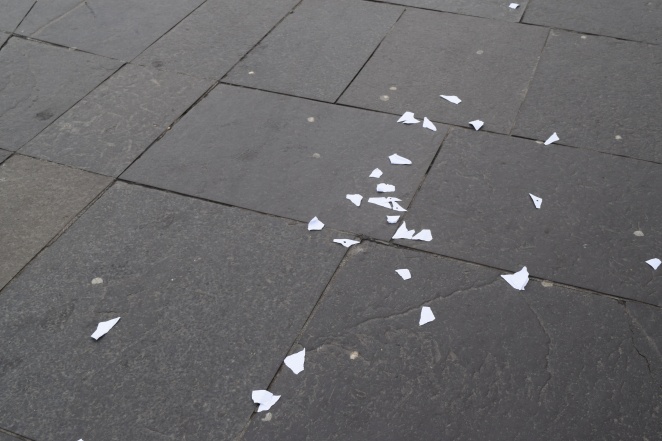

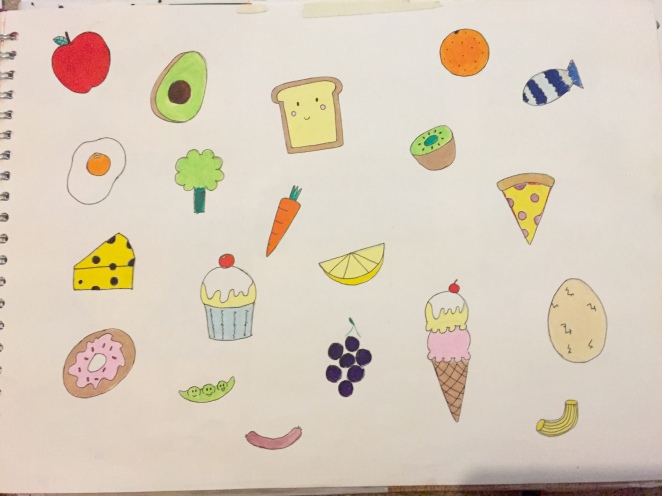
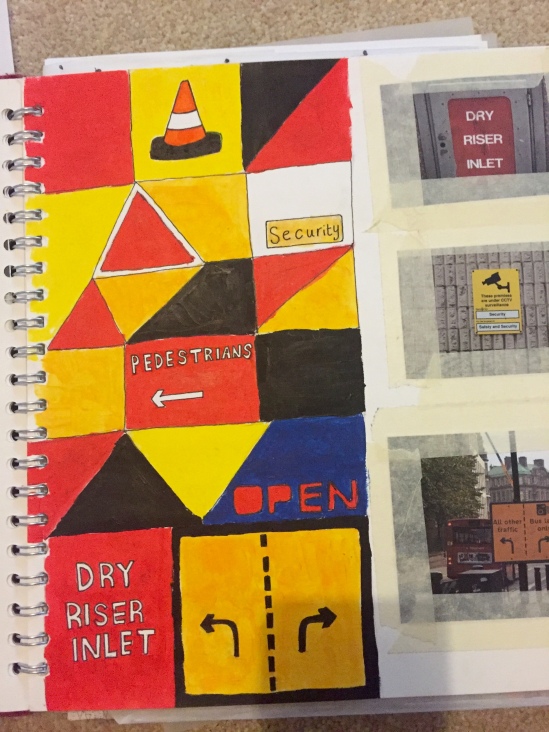
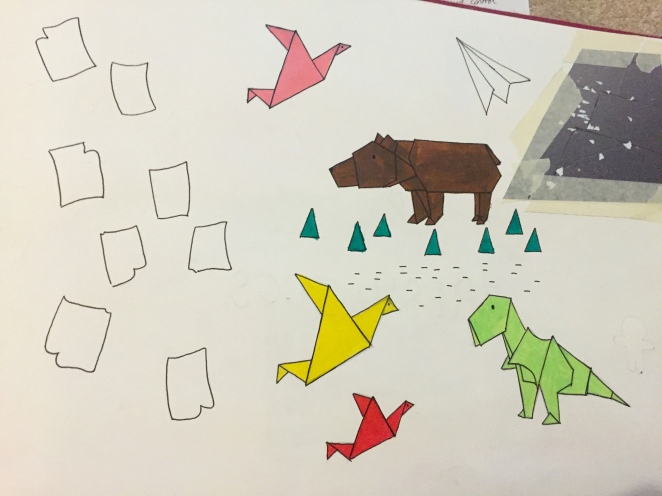





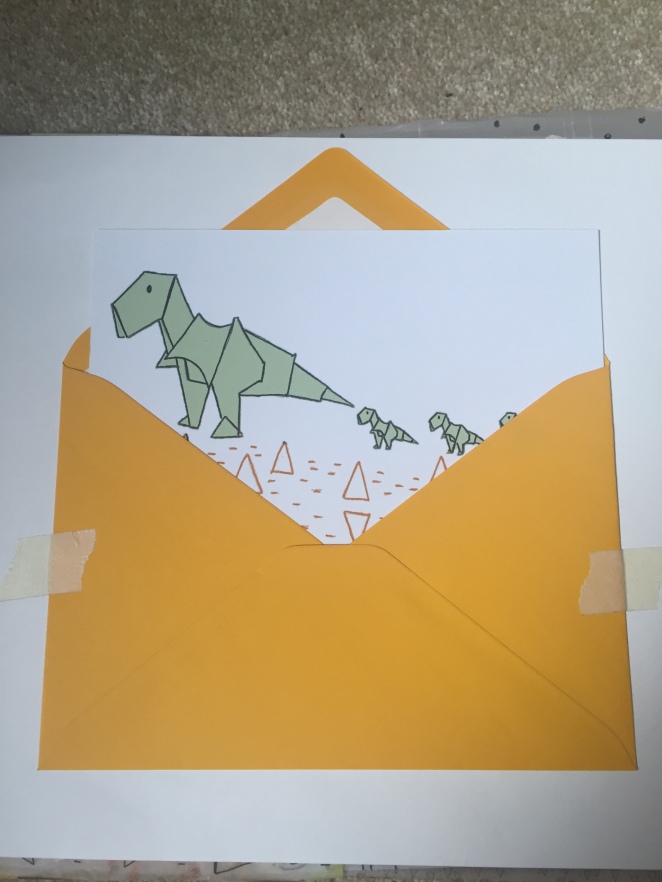



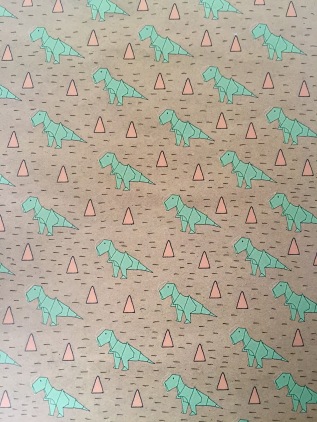
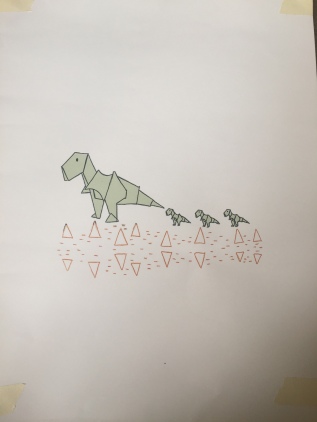
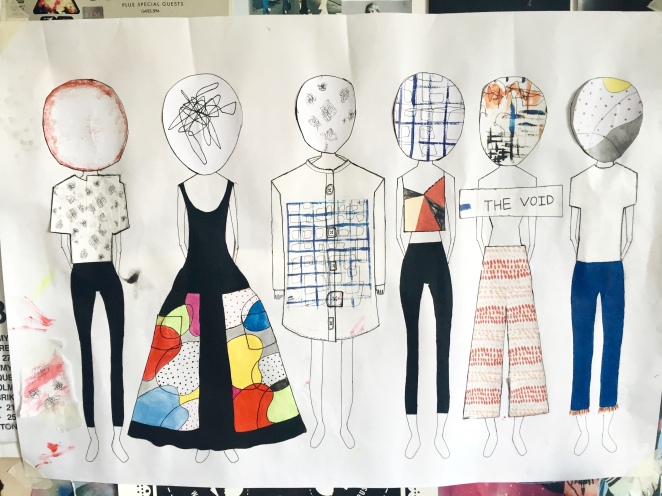
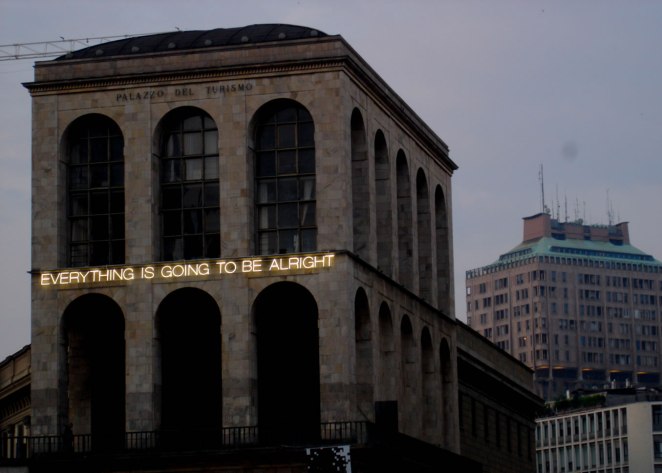
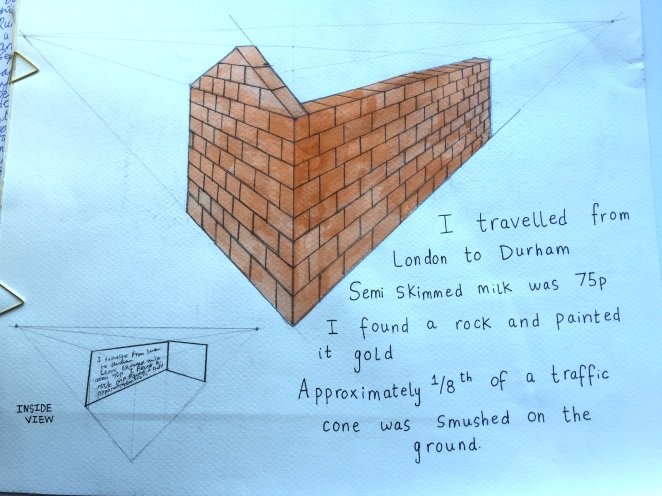







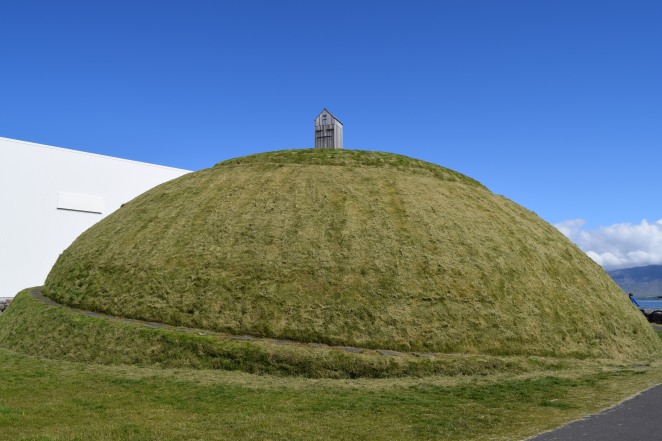
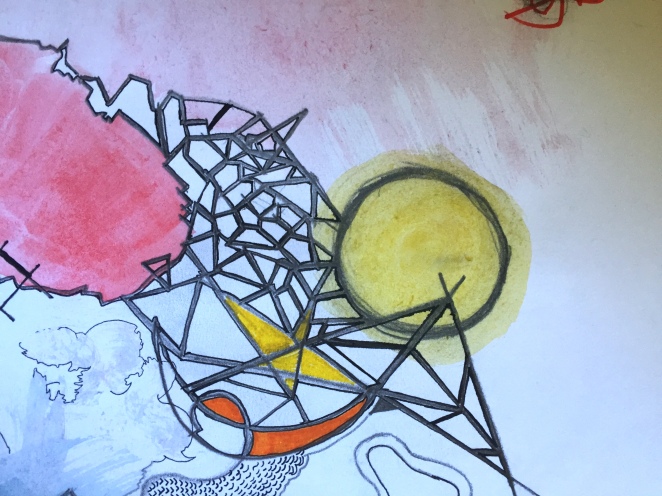
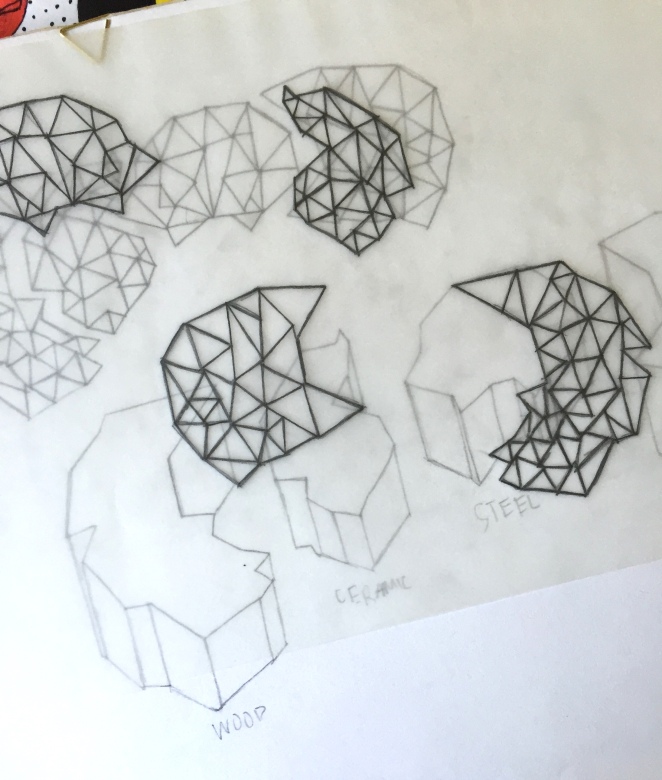
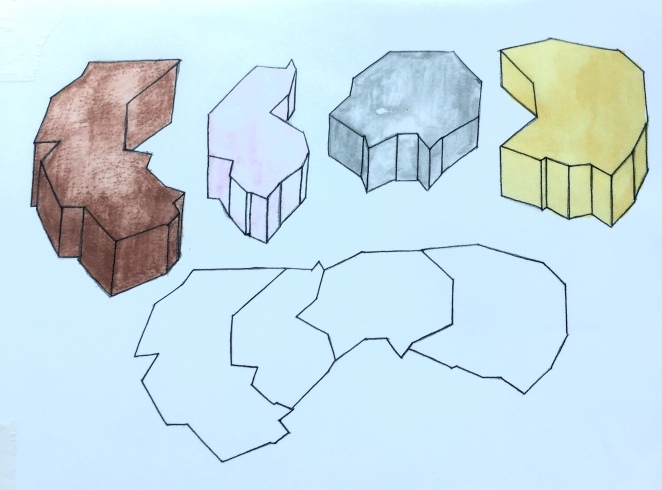
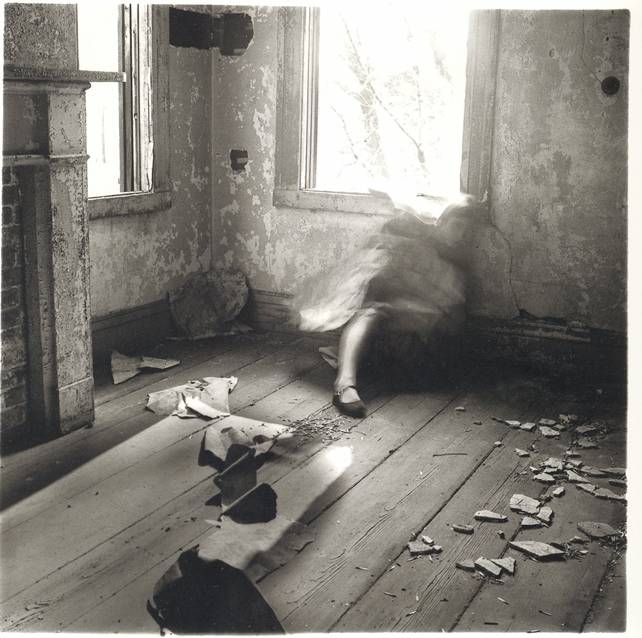
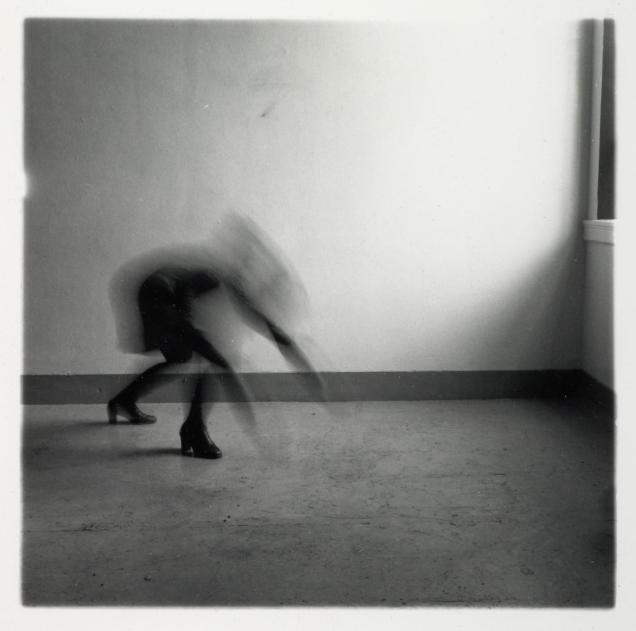
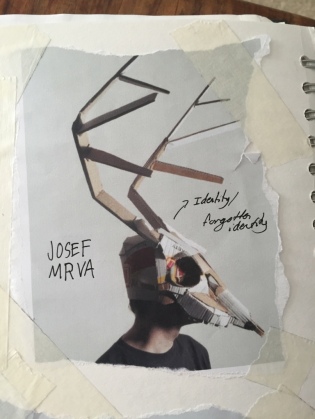
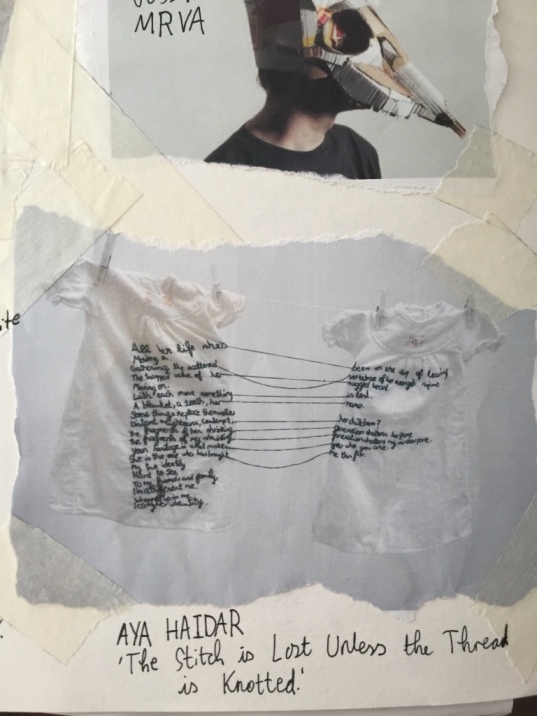
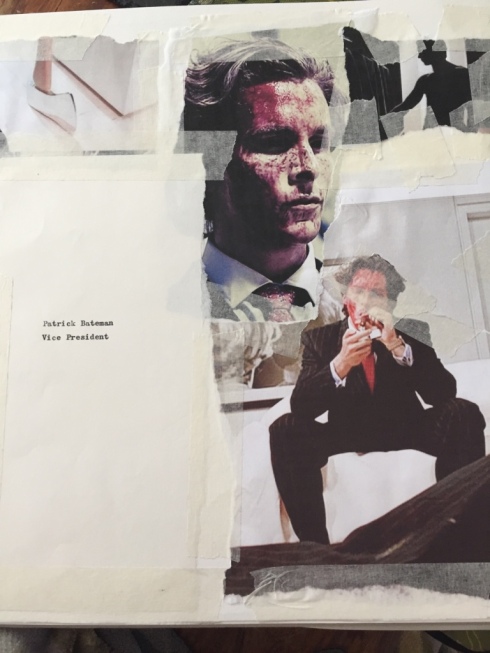
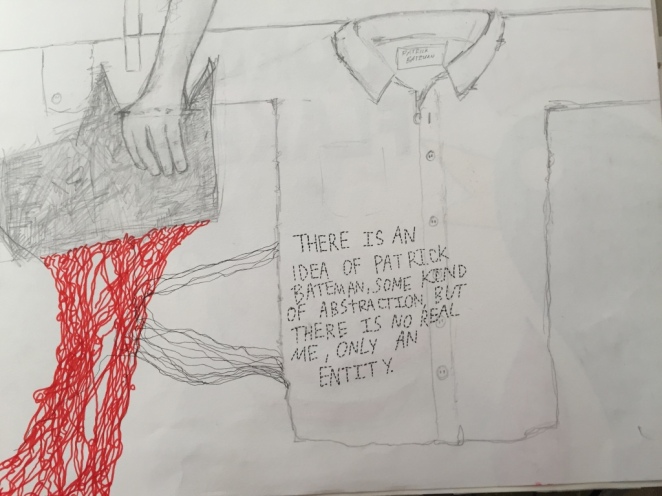
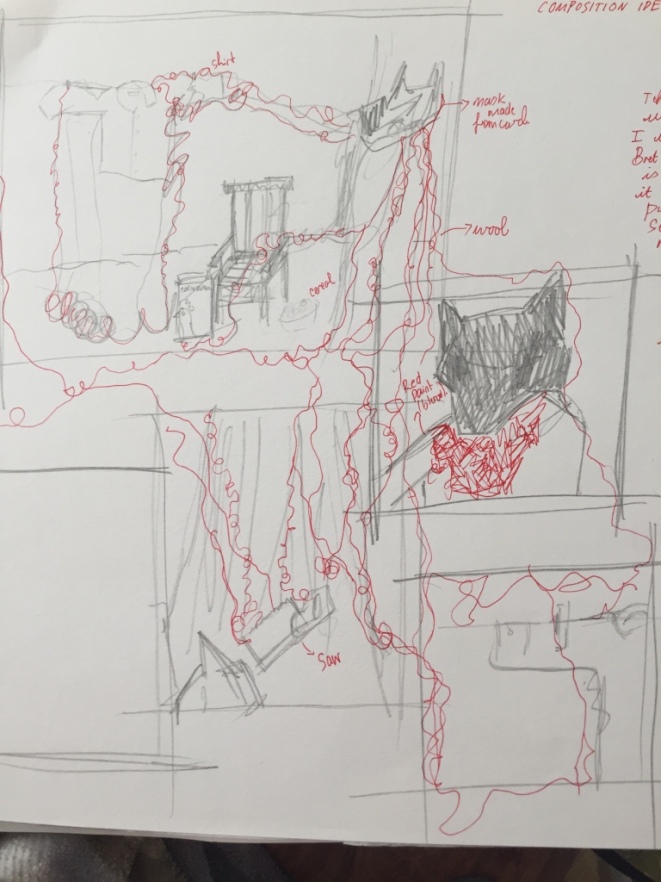
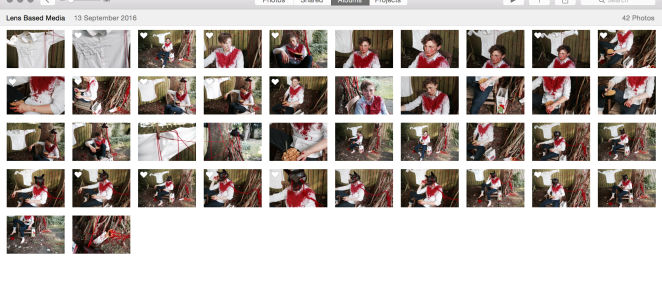 After shooting the photos I needed to decide which ones would make up my series of images which i decided should be kept to a maximum of 4/5 images. I wanted my idea to be understood but concise.
After shooting the photos I needed to decide which ones would make up my series of images which i decided should be kept to a maximum of 4/5 images. I wanted my idea to be understood but concise.